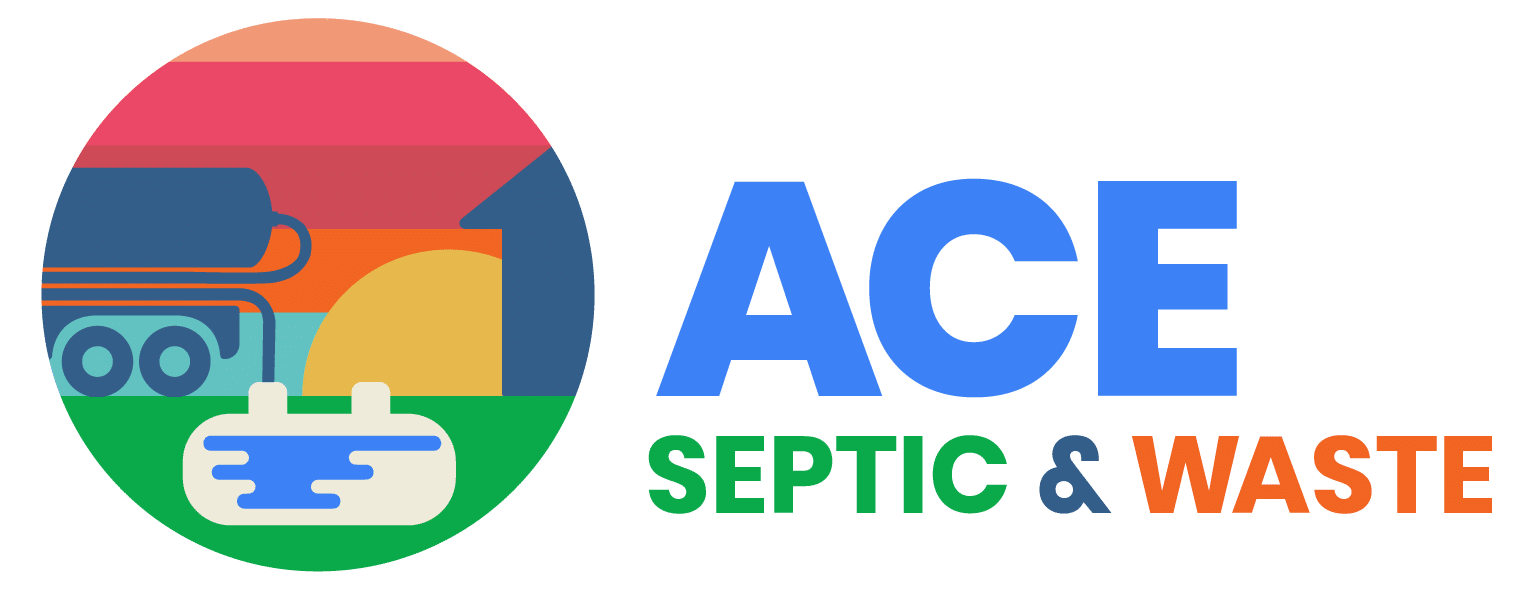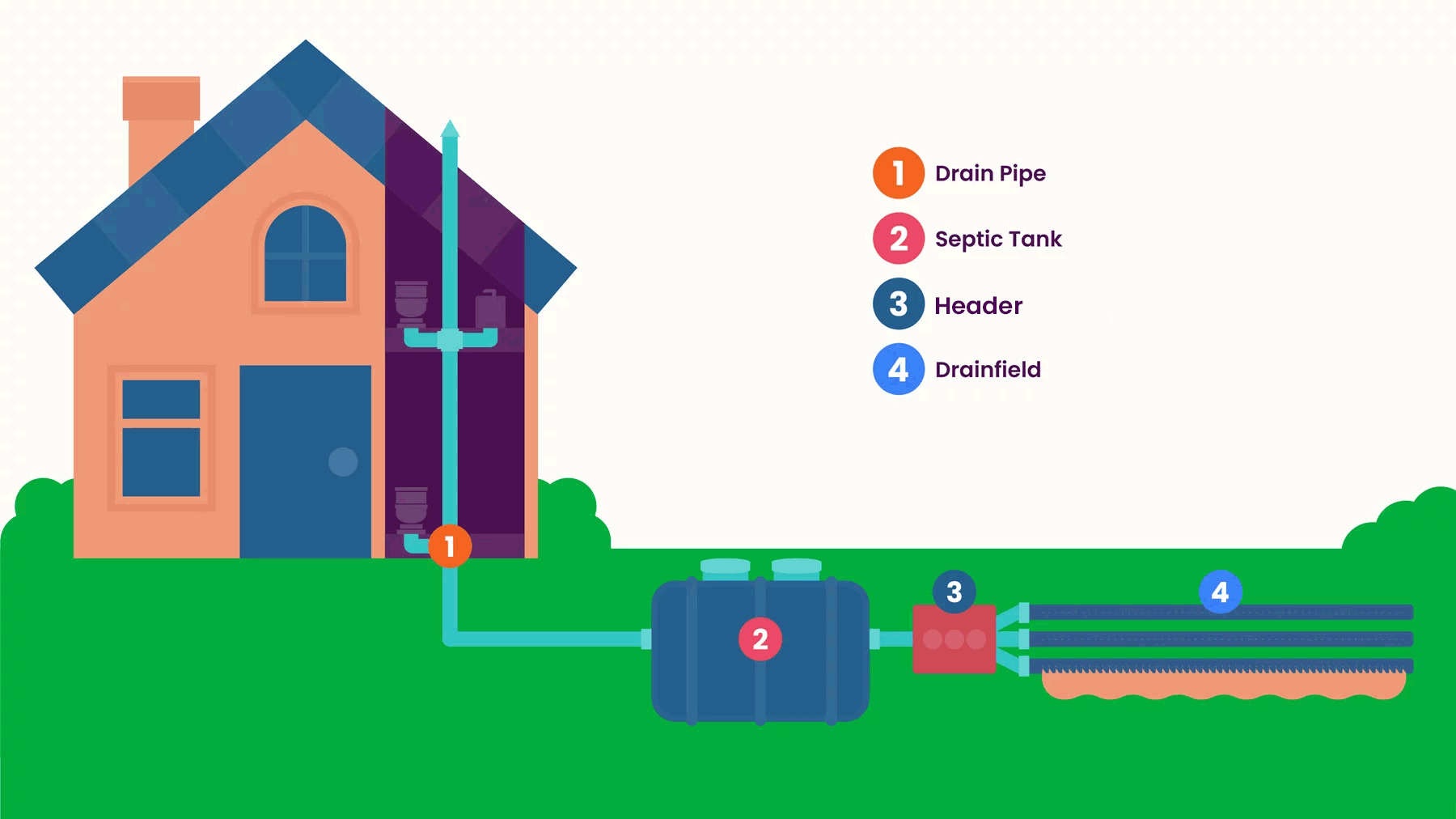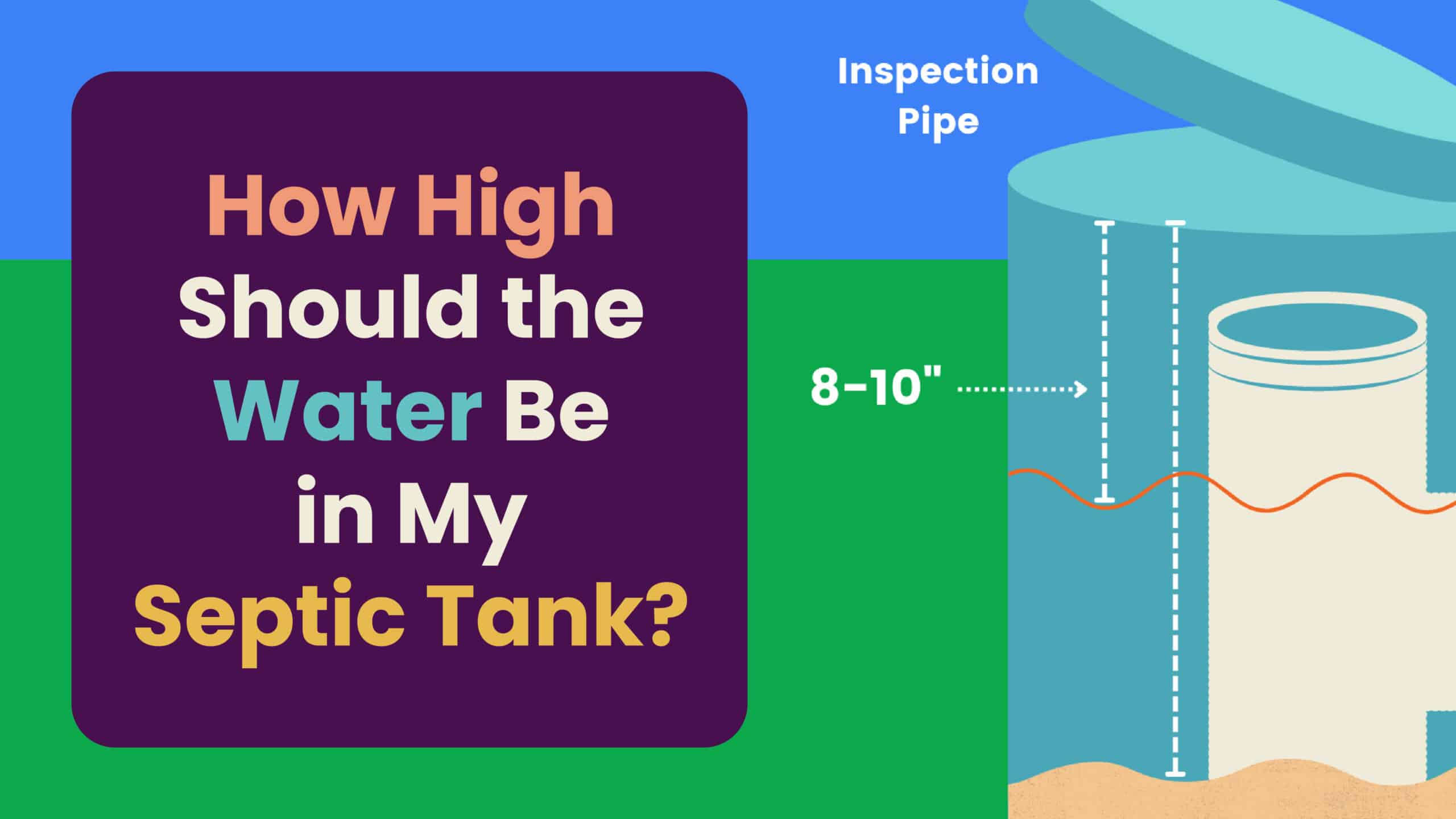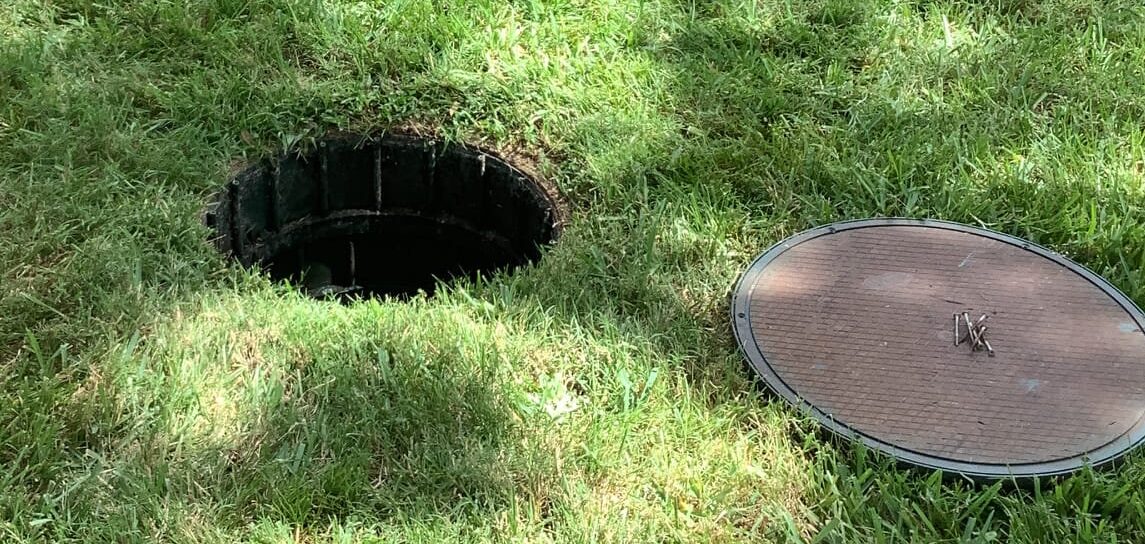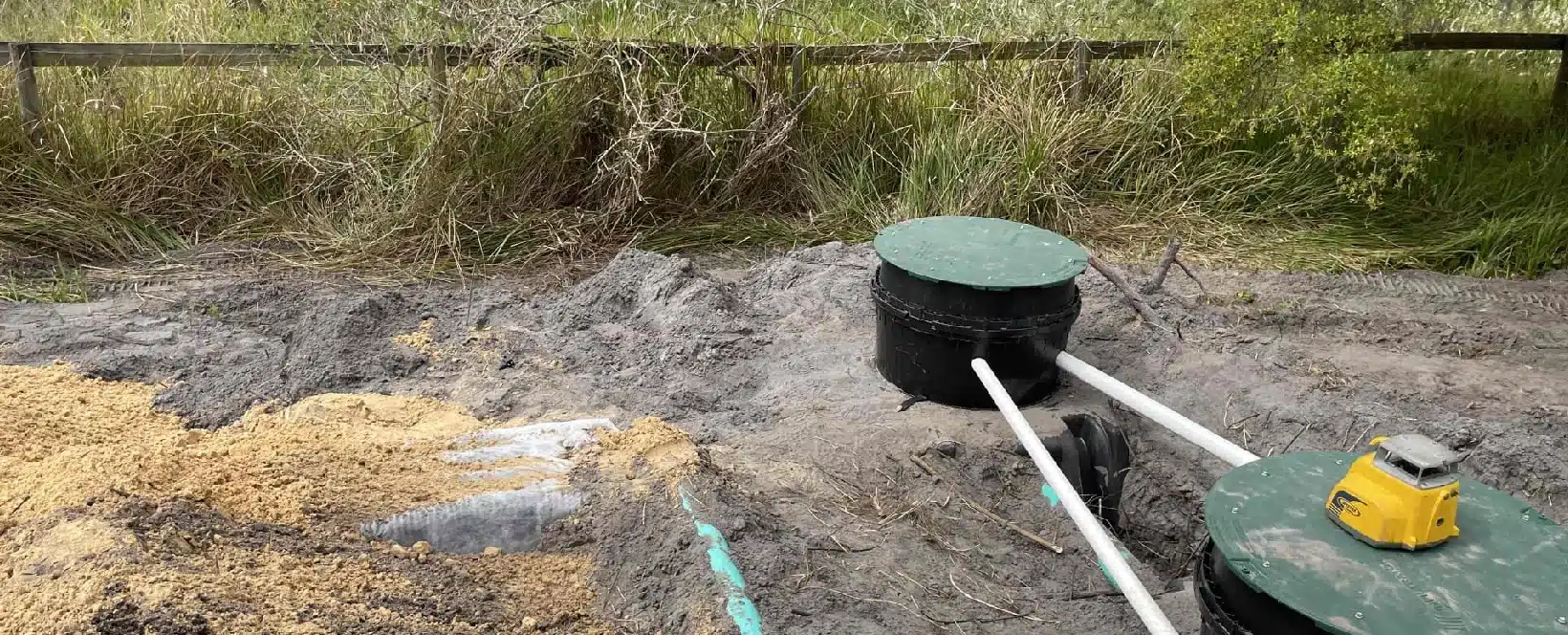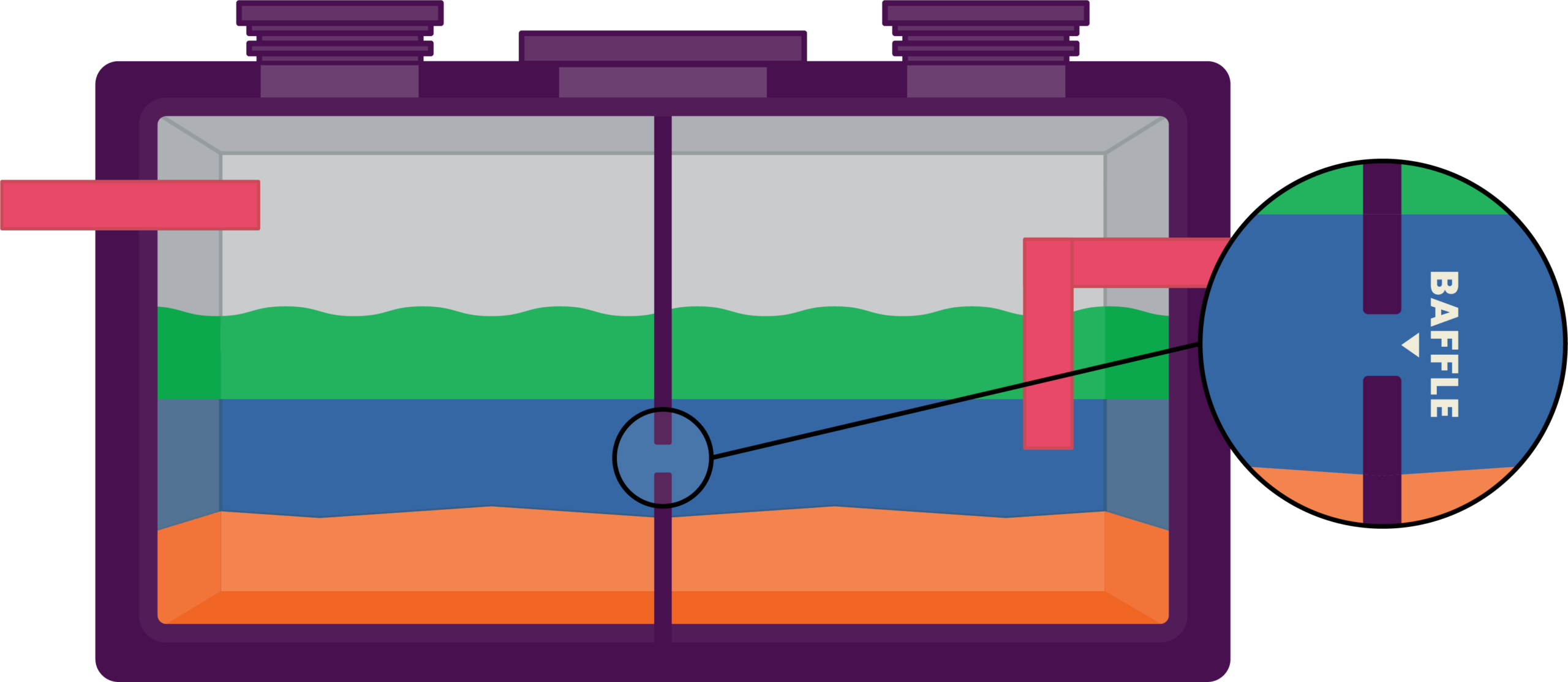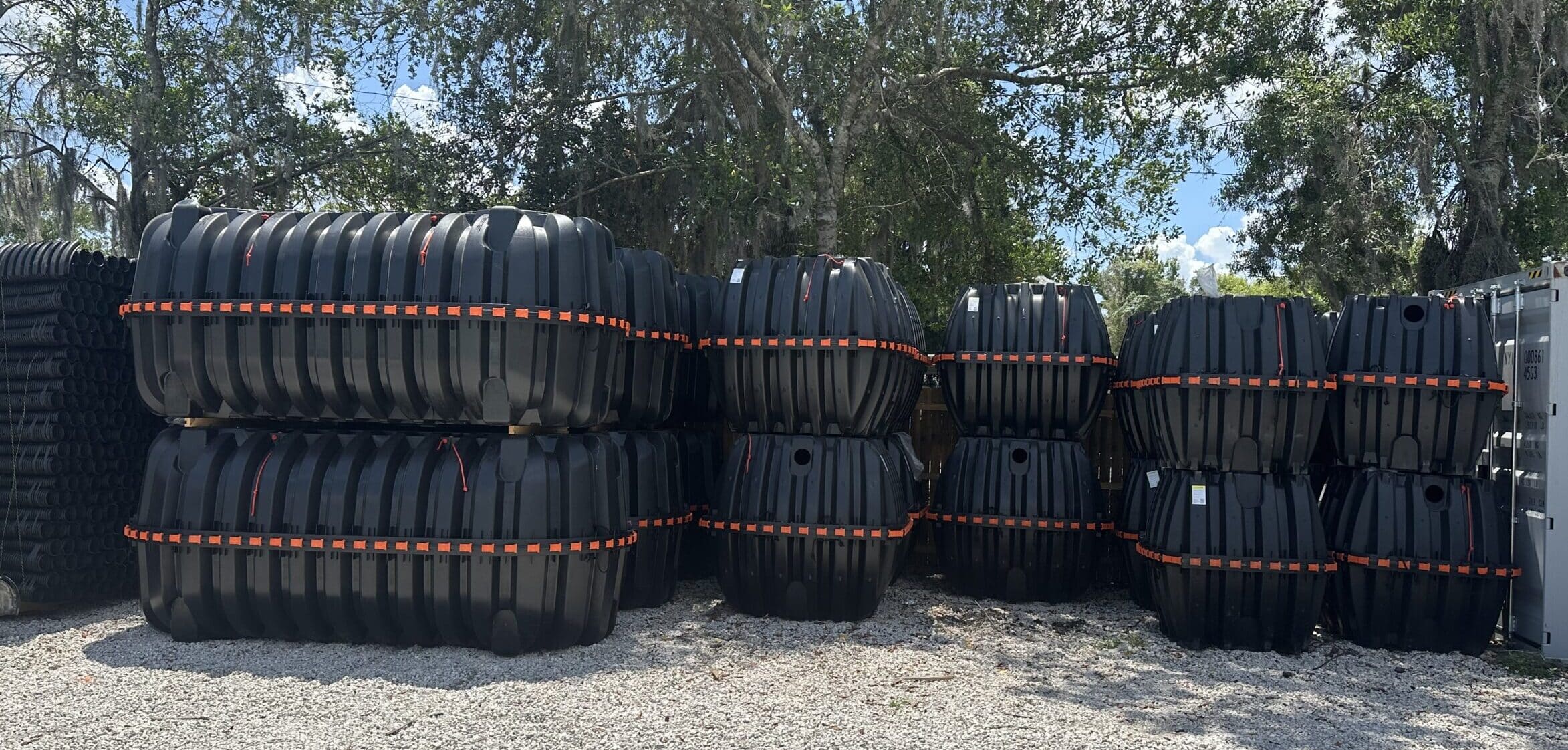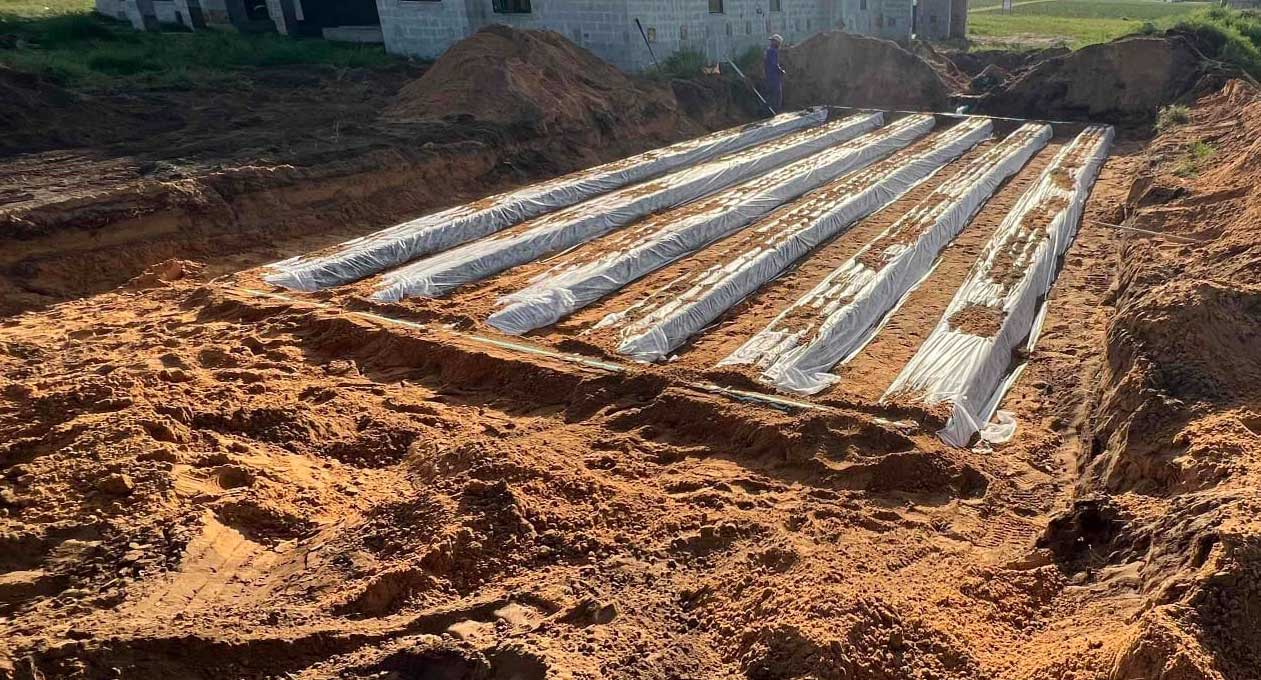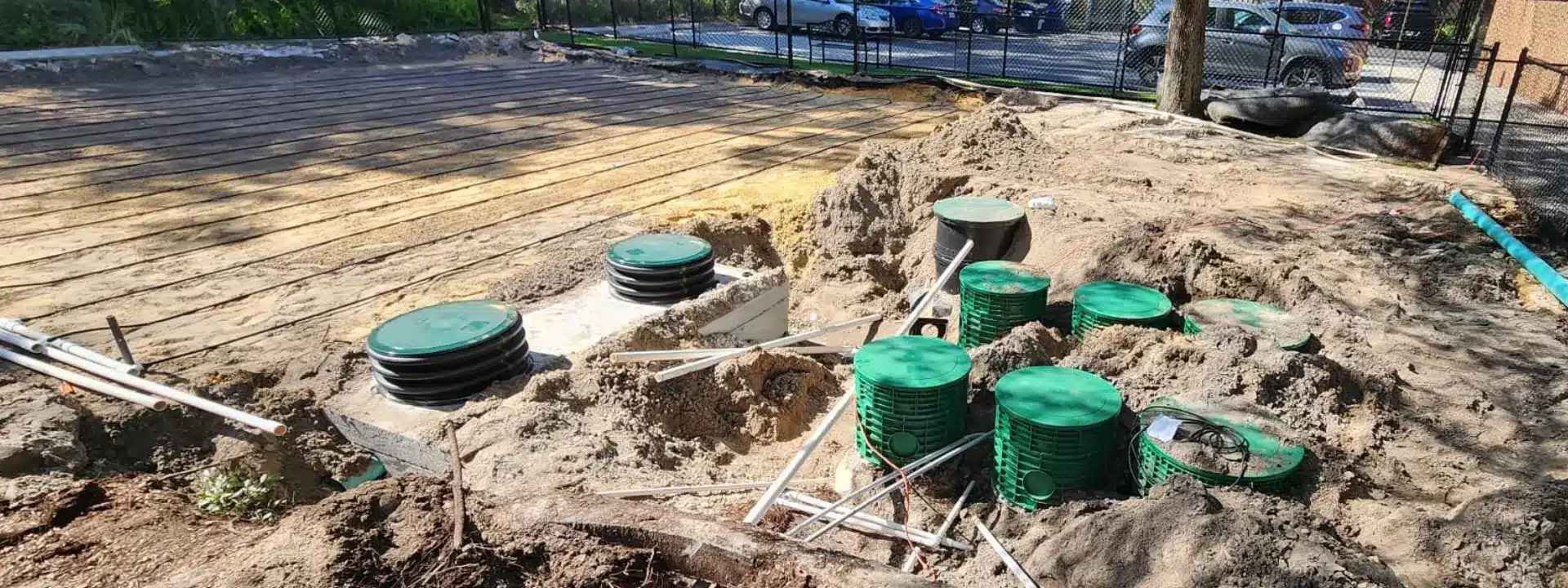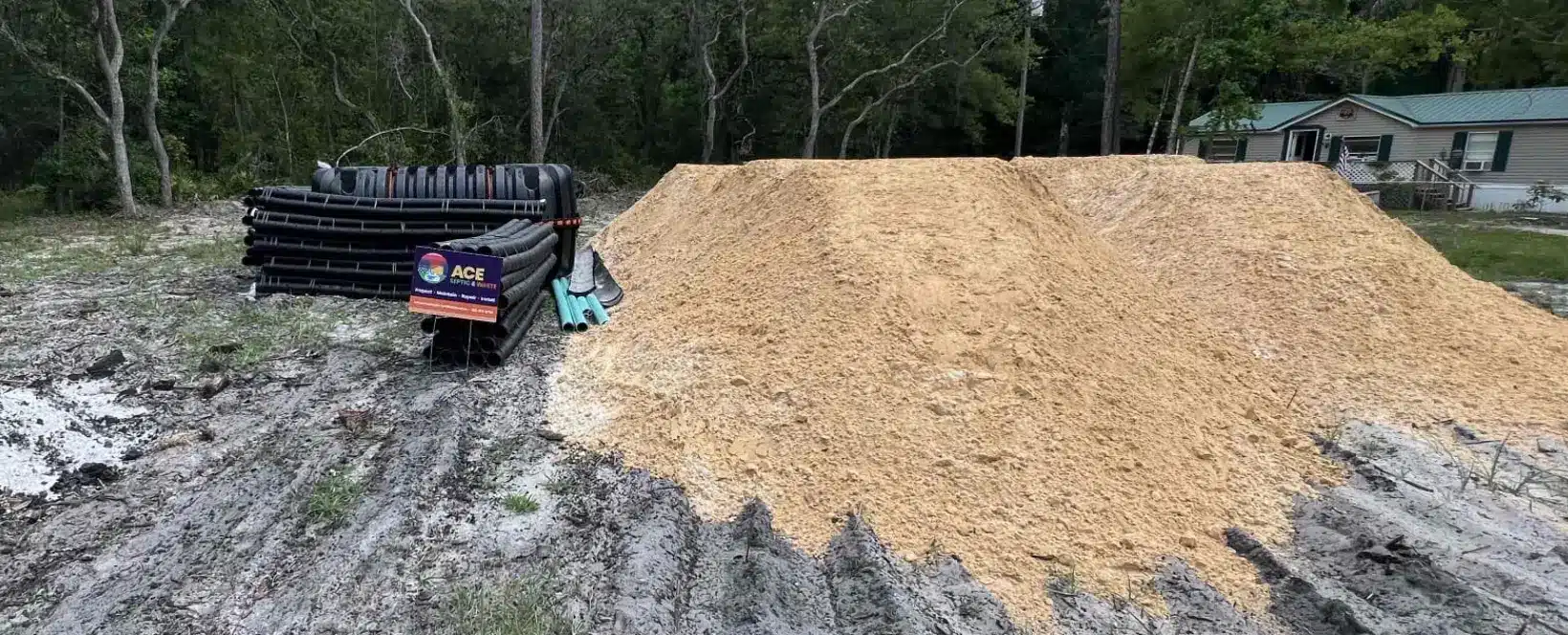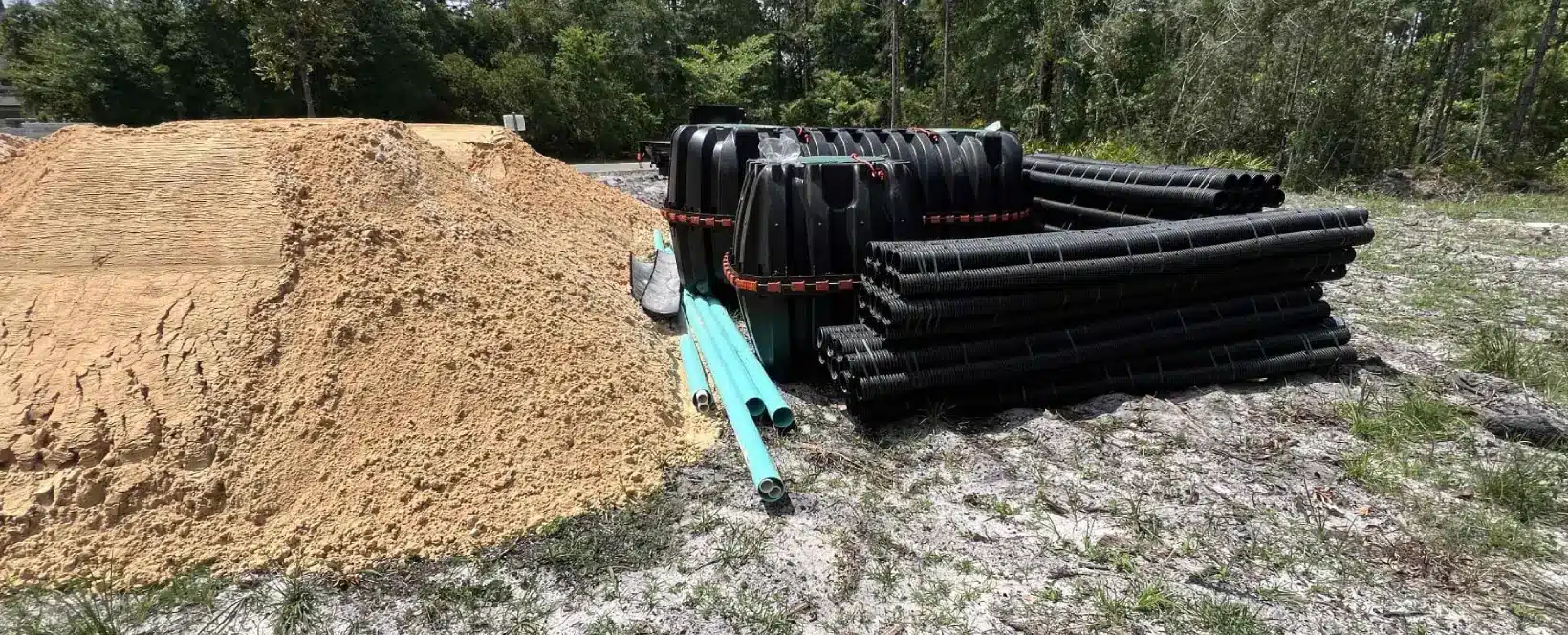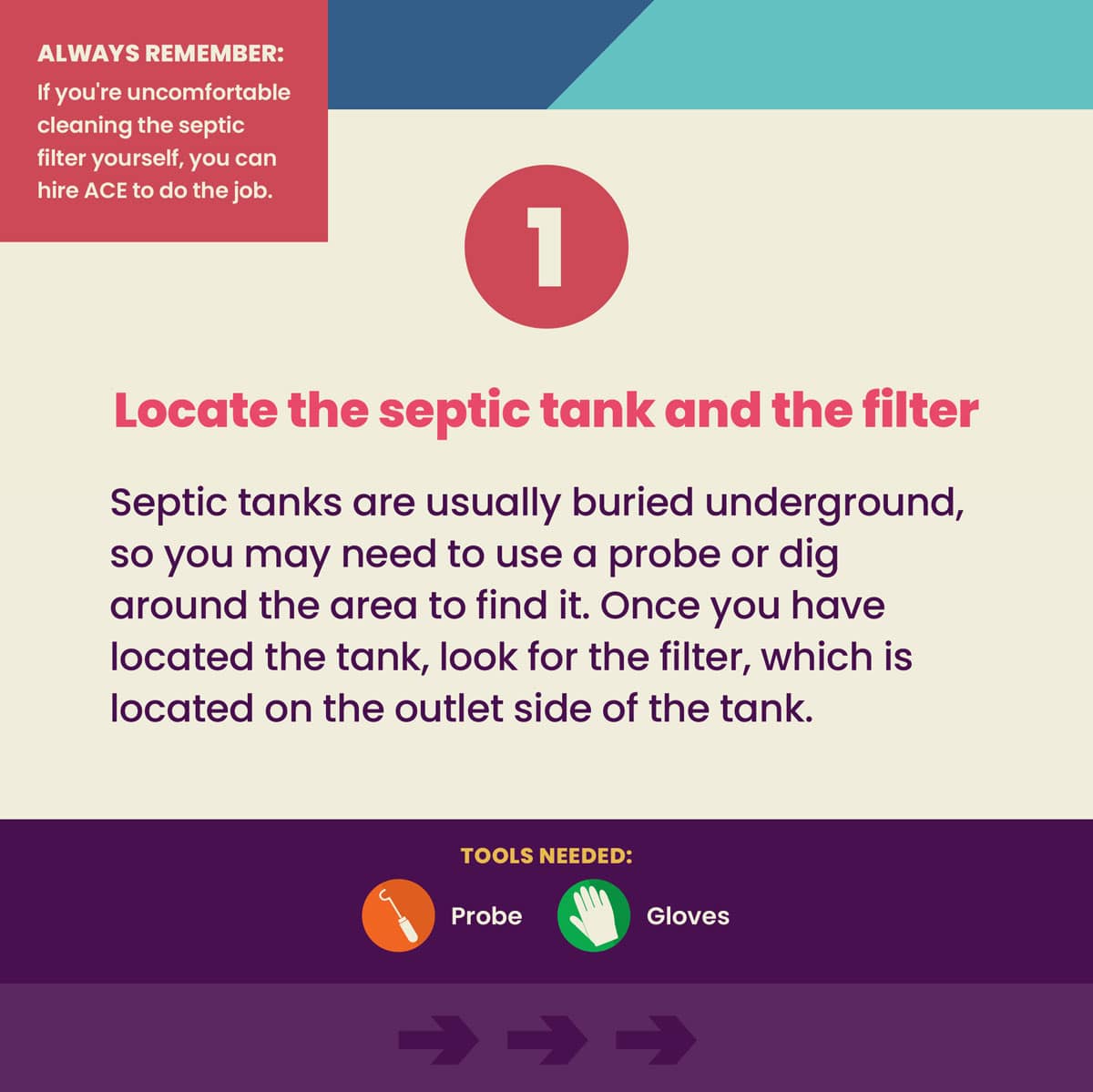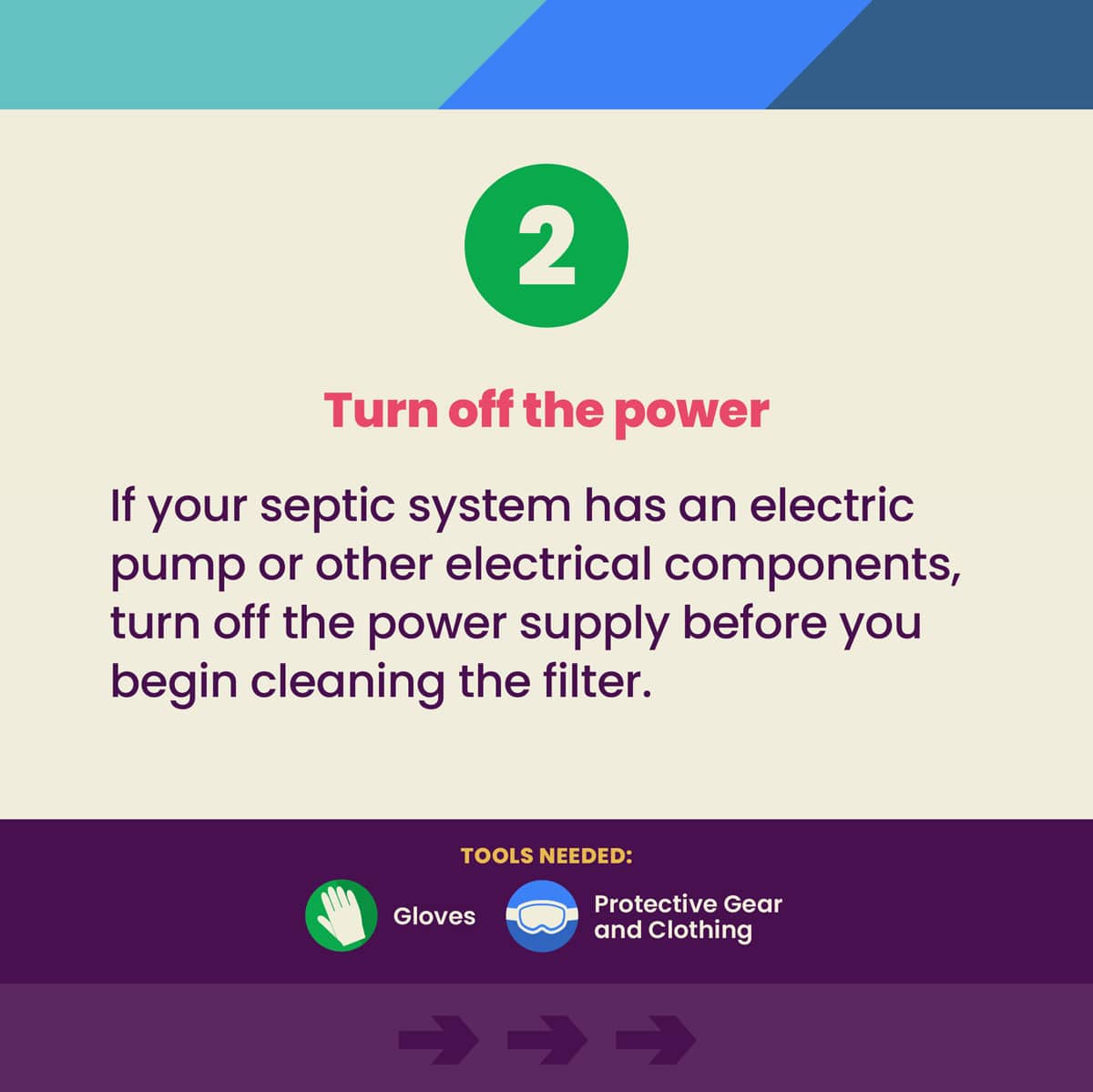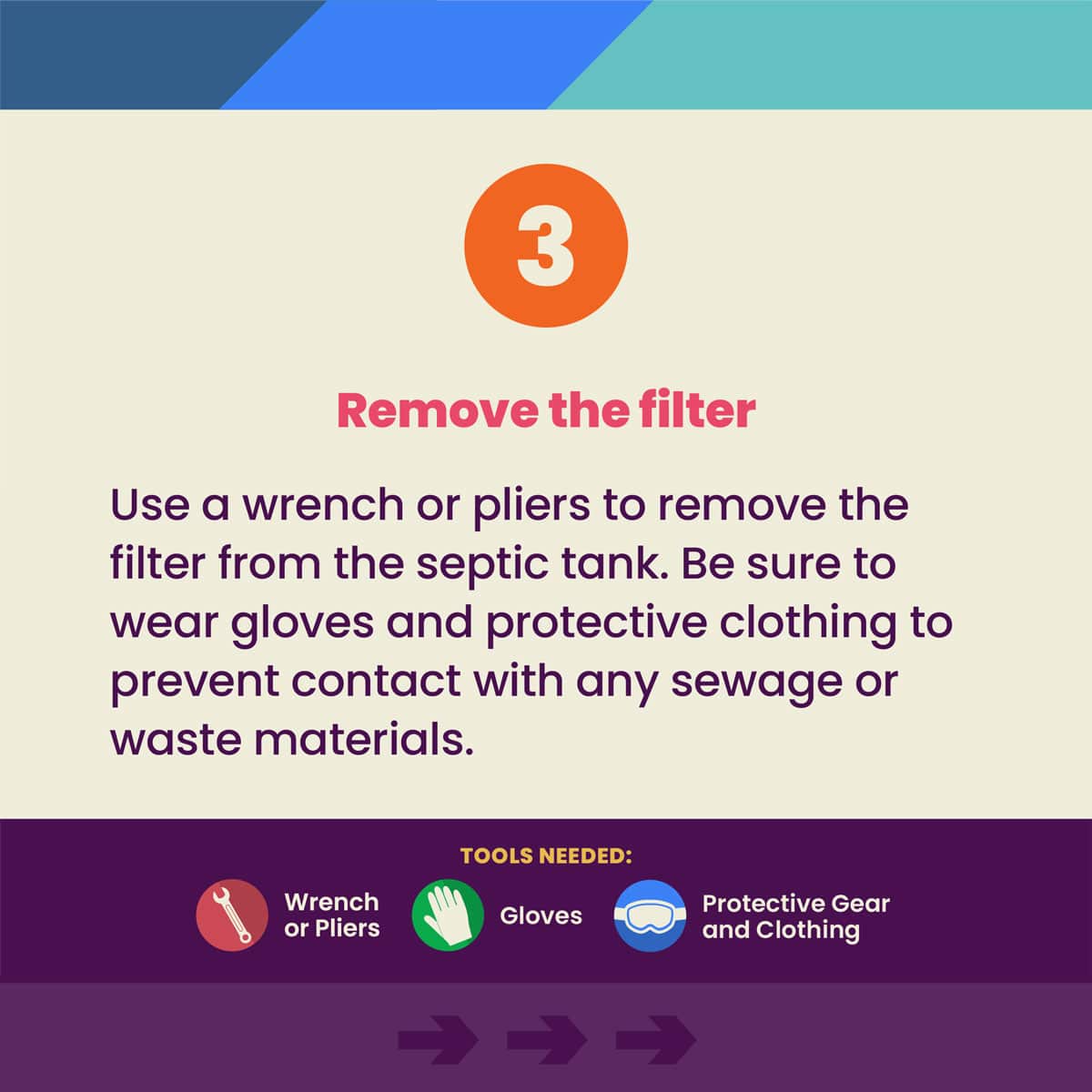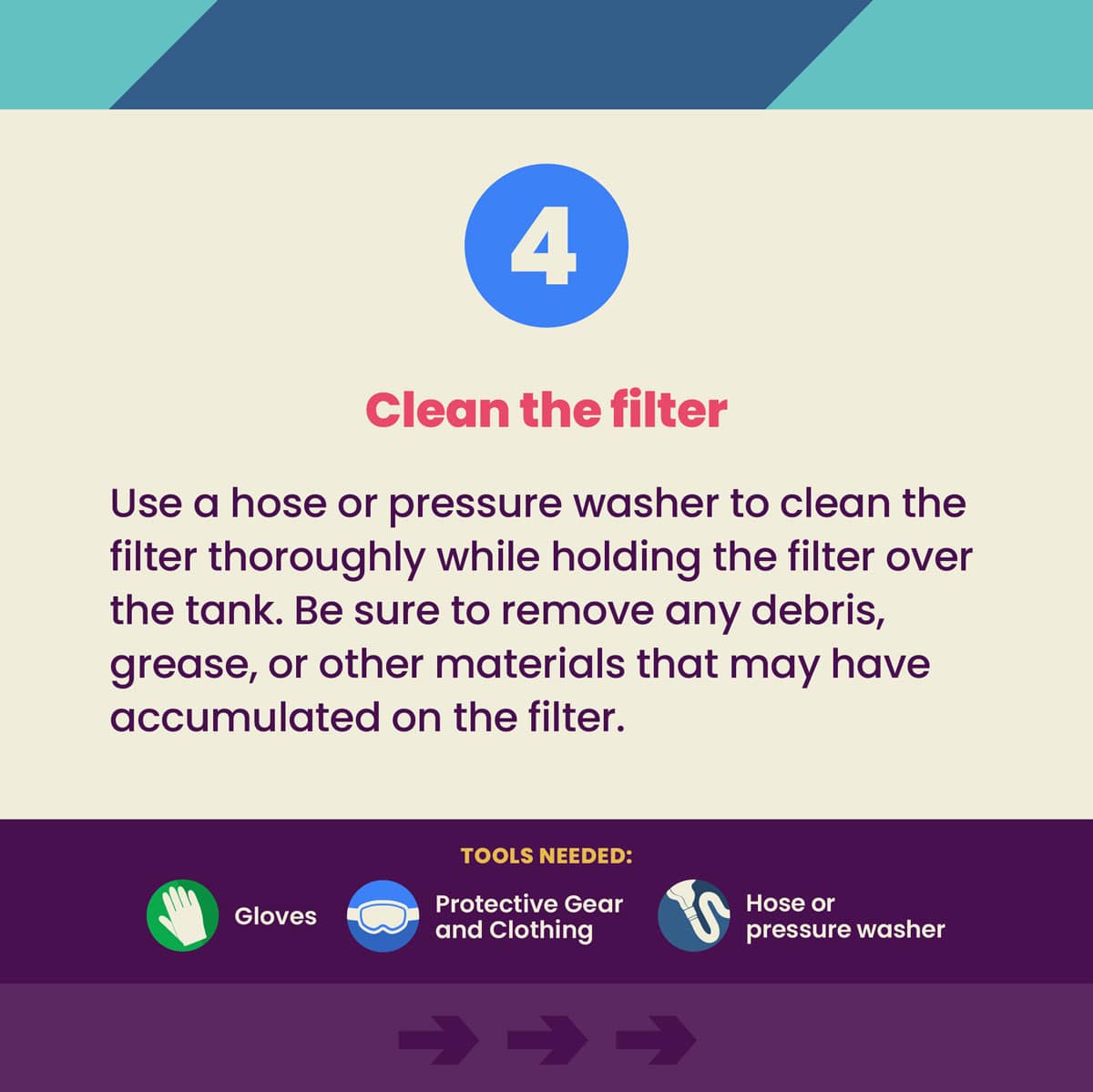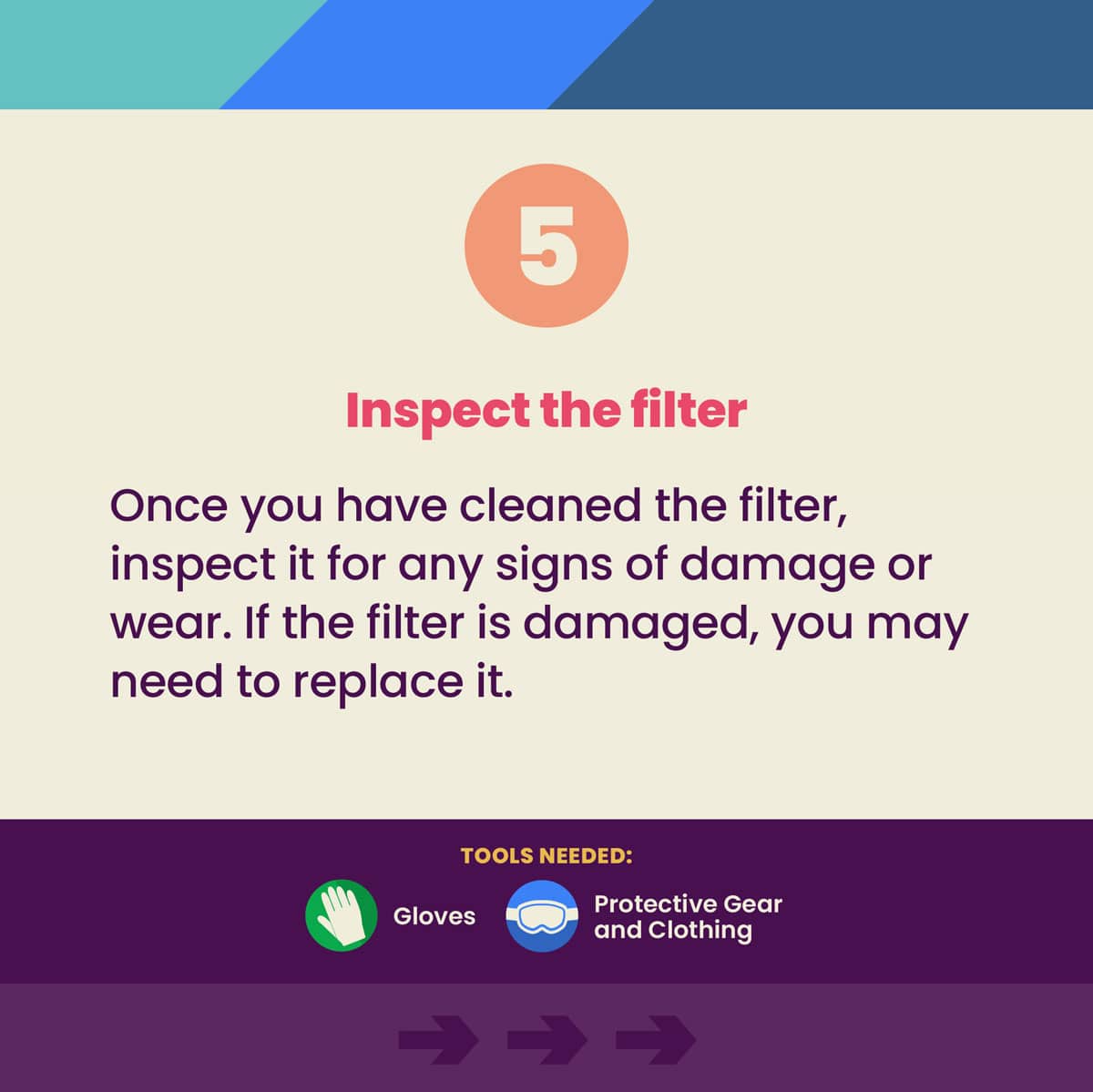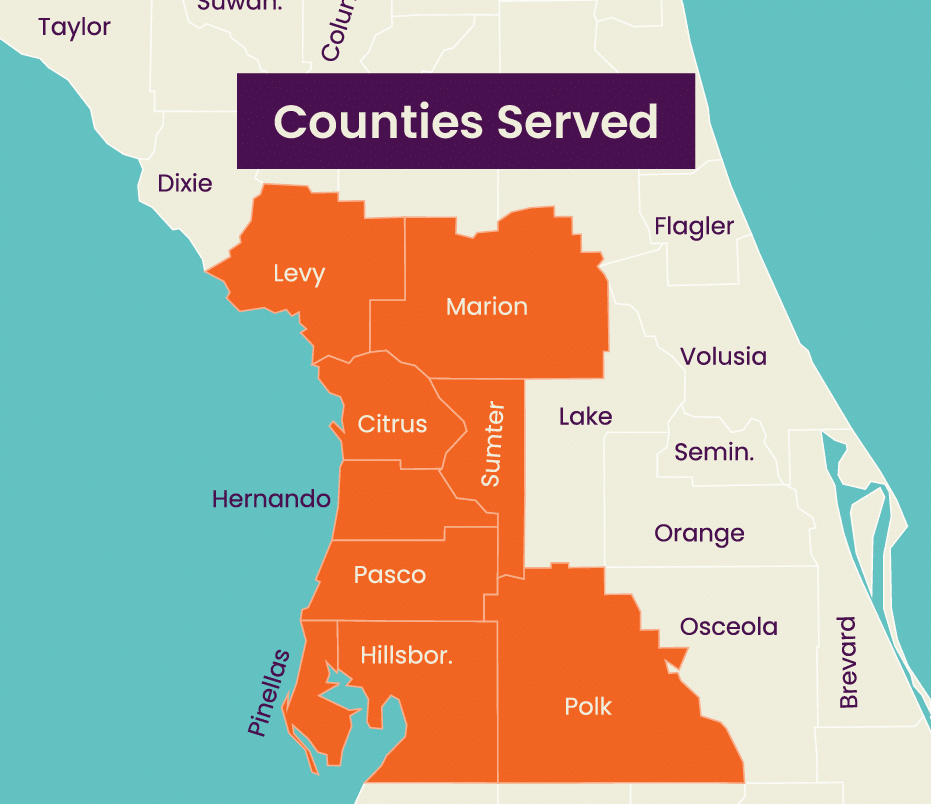Homeowner’s Guide to Septic Systems in Florida
Everything You Need to Know About Septic Systems in Florida!
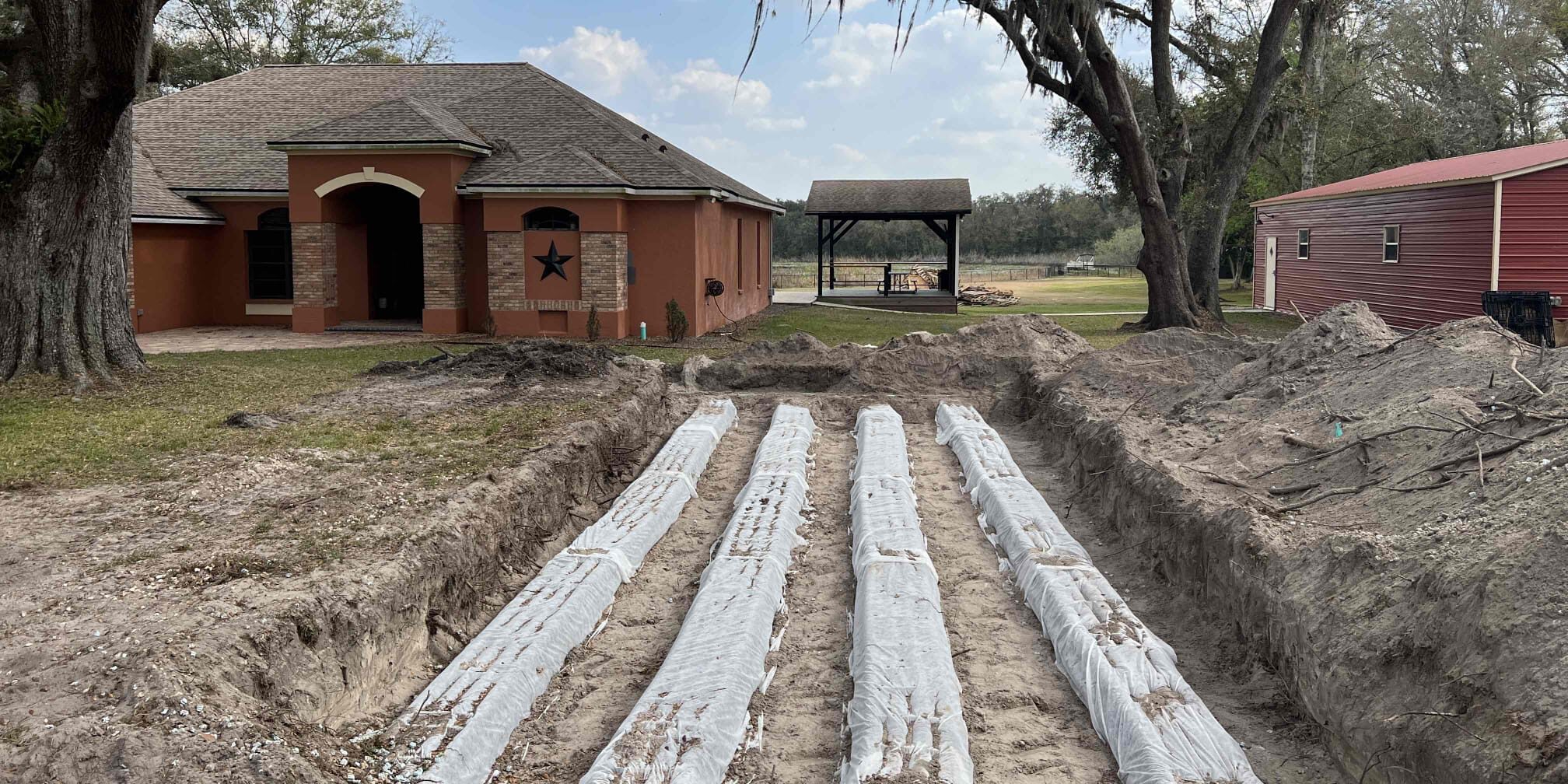
Welcome to ACE’s Homeowner’s Guide for Septic Systems in Florida!
As a Florida homeowner, understanding the fundamentals of your septic system is vital for efficient operation and maintenance. This in-depth guide breaks down your septic system’s core components, providing valuable insights and links to additional information. Whether you’re new to septic systems, or are an experienced homeowner looking for comprehensive information, this is a great guide to get you everything you need to know about septic systems.
To make things easy for you we provided jump links below to help navigate you to any specific section of this guide. If you’re looking for immediate septic or lift station services, head over to our Contact Page or call us at 813-971-8770.
